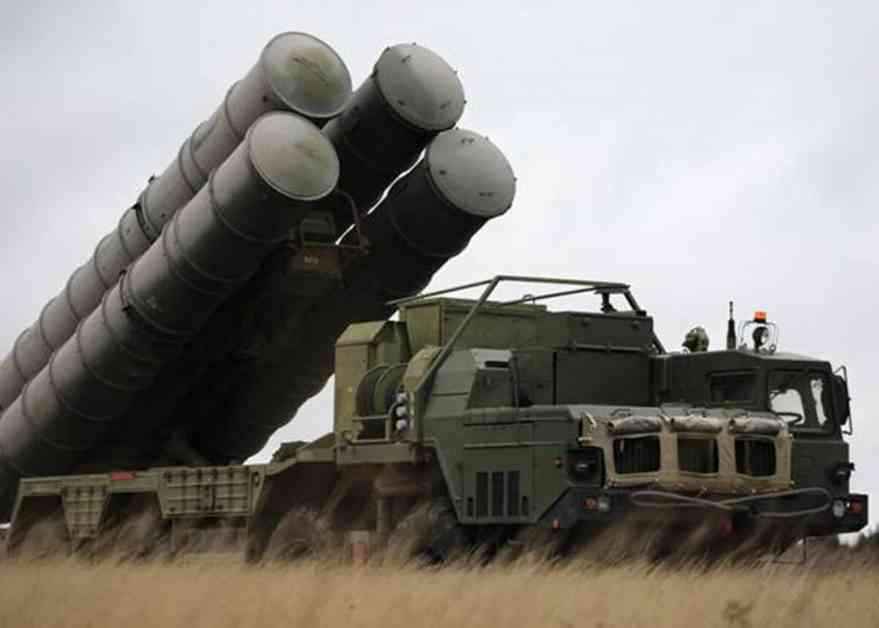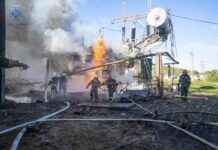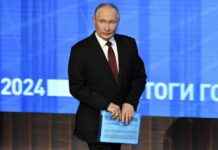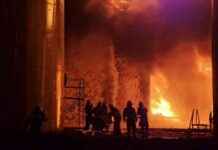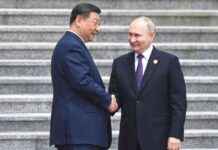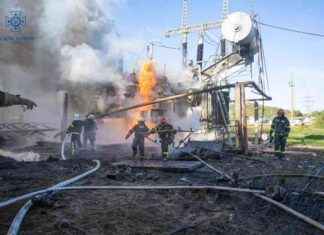In the face of escalating Ukrainian missile and drone strikes, Russia is swiftly implementing new air defense strategies to safeguard critical infrastructure and domestic sites, as reported by Forbes. This shift underscores the mounting pressure on Russia’s air defense systems, which are being pushed to their limits amid the ongoing conflict.
Ukraine has intensified its attacks on Russian targets by utilizing a combination of advanced Western-supplied missiles and domestically produced drones. The authorization to use American ATACMS and British Storm Shadow missiles has significantly bolstered the range and accuracy of Ukrainian assaults. This surge in aggression, a response to Russia’s relentless targeting of Ukrainian civilian infrastructure, has prompted Russia to reevaluate its air defense tactics.
While Russia boasts modern air defense systems like the S-500 Prometheus and S-400 Triumf, the reliance on upgraded Soviet-era technology, such as the S-300 series, remains prevalent. These systems operate on a layered defense approach, offering overlapping coverage to counter diverse aerial threats. However, the extensive front of 600 miles and substantial losses—reportedly 274 systems destroyed, according to Oryxspioenkop.com—have left Russia struggling to uphold sufficient coverage.
Furthermore, the evolving drone and missile technologies wielded by Ukraine are outpacing Russia’s aging systems. “Military technology is a constant cat-and-mouse game,” notes Forbes defense correspondent Vikram Mittal, highlighting Ukraine’s technological advancements surpassing many of Russia’s Soviet-era defenses.
To combat these challenges, Russia is incorporating unconventional measures alongside its conventional defenses:
Sfera Drone Suppression System: Developed by the state defense corporation Rostec, this system is designed to detect and neutralize Ukrainian drones operating over civilian areas.
North Korean Air Defense Systems: Reports indicate that Russia may be utilizing systems akin to the Tor missile platform provided by North Korea, although the specifics of their deployment and effectiveness remain unclear.
Anti-Drone Nets: Various critical facilities have started installing large metal nets intended to ensnare incoming drones and prevent them from reaching their targets. Despite serving as a temporary deterrent, Ukraine is reportedly devising ways to counter these measures.
Mittal stresses that Russia’s adoption of these new approaches represents interim solutions in light of an escalating Ukrainian offensive. “Air defense has become a top priority for Russia, but the relentless pressure from Ukraine’s expanding arsenal of long-range missiles and advanced drones shows no signs of abating,” he observes.
As both sides engage in a cycle of innovation and escalation, Russia faces a formidable challenge in safeguarding its domestic infrastructure while sustaining its military operations. The effectiveness of these new air defense strategies remains uncertain as Ukraine continues to push the boundaries of Russian defenses with its advancing capabilities.
In related news:
Ukraine achieves record strike rate on Russia with drone output surpassing 1.5 million
Russia’s Ryazan oil depot engulfed in flames for the second time within days (video)
Frontline report reveals Russian tanks trapped in Kursk as dragon’s teeth pose formidable obstacle
For any corrections or clarifications, please reach out to us here. Your feedback is invaluable to us as we strive to deliver high-quality content. Thank you for supporting our independent media outlet, which relies solely on advertising revenue to sustain its operations. Your assistance in disabling ad blockers is greatly appreciated.
